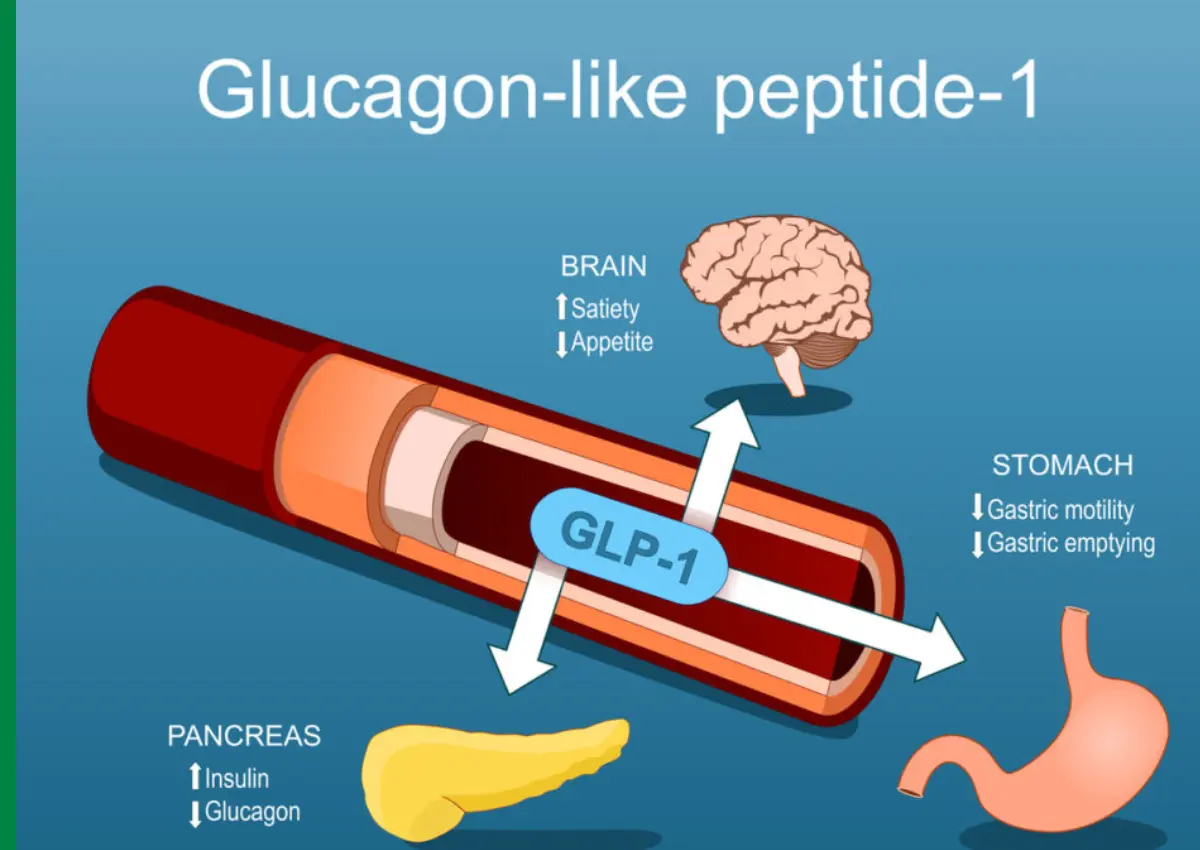On July 25, 2025, the passengers of United Airlines Flight UA108 encountered what may seem to be their nightmare most of the time, an engine failure at 5,000 feet above Washington. However, within the following 2 hours and 38 minutes, what occurred was evidence of how difficult, intense training, sophisticated technology and shared safety procedures make commercial aviation one of the safest means of transport.

The Take-off Crash Situations
Flight UA108 was to be a plane journey across the Atlantic Ocean, the familiar transatlantic flight between Washington Dulles Airport and Munich. The Boeing 787-8 Dreamliner had clocked 5,000 feet in altitude when the flight crew realized that something had gone horribly wrong with the left engine. In the airline business, there is no time to think with peoples lives on the line, the pilots used the internationally recognized distress code: “MAYDAY” to notify air traffic control that a life-threatening emergency exists.
This was a difficult time with the worst timing possible. The plane was also loaded with much fuel as it was heading to make a long trip across the Atlantic and is at a relatively low altitude with little chances to land. But this exactly is the kind of situation that commercial pilots go through during their professional lives so many times.
The Intricate Dance of Emergency Protocol
What happened next demonstrates the sophisticated coordination between flight crews and air traffic controllers that passengers rarely see. The pilots didn’t simply turn around and attempt an immediate landing—that would have been dangerous given the aircraft’s weight and the potential for further complications.
Instead, they requested permission to climb to 6,000 feet and enter a holding pattern northwest of Washington. This decision served multiple critical purposes: it gave them time to assess the situation fully, allowed them to communicate with their operations center, and most importantly, provided the opportunity to safely reduce the aircraft’s weight through fuel dumping.
Fuel dumping might sound wasteful, but it’s a crucial safety procedure. Landing a heavy aircraft puts enormous stress on the landing gear, brakes, and runway. By reducing weight, pilots significantly improve their chances of a safe landing and reduce the risk of runway overrun or structural damage upon touchdown.
Air Traffic Control: The Unsung Heroes
Throughout this emergency, air traffic controllers played an equally vital role. They had to ensure the distressed aircraft remained safely separated from other air traffic while accommodating the unusual flight pattern required for fuel dumping. The controllers provided specific headings and altitudes, constantly monitoring the situation and coordinating with other aircraft in the area.
The communication between the flight crew and ATC reveals the professionalism and calm decision-making that characterizes modern aviation safety. When controllers asked how much time the crew needed to “hold, fuel, or just get set up,” the pilot’s response of needing to “climb six and adjust fuel” demonstrated clear thinking under pressure.
The Technology Behind Modern Aviation Safety
The Boeing 787-8 Dreamliner, despite experiencing this engine failure, showcased why modern aircraft are designed with multiple redundancies. Commercial aircraft are certified to operate safely on a single engine, allowing pilots time to execute emergency procedures without immediate threat to passenger safety.
The Instrument Landing System (ILS) approach requested by the pilots represents decades of technological advancement in aviation. This system provides precise guidance for aircraft approaching runways, especially crucial during emergencies when pilots must manage multiple variables simultaneously.
Flight tracking data from FlightAware allowed real-time monitoring of the aircraft’s position and status, providing valuable information to emergency response teams on the ground and enabling family members to stay informed about their loved ones’ safety.
Ground Operations and Emergency Response
Upon landing, the aircraft’s inability to taxi under its own power due to the failed engine required ground crews to tow it off the runway. This seemingly minor detail highlights another layer of aviation safety—emergency response teams are prepared for various scenarios, ensuring runways remain operational for other aircraft while disabled planes receive necessary attention.
The fact that the aircraft remained grounded at Washington Dulles Airport as of the following Monday indicates the thorough investigation process that follows any significant mechanical failure. Aviation authorities and the airline conduct detailed examinations to understand exactly what went wrong and prevent similar occurrences.
Passenger Safety: The Ultimate Priority
Perhaps most importantly, this incident resulted in zero injuries. While passengers undoubtedly experienced anxiety during the extended flight time and emergency landing, the professional handling of the situation prevented what could have been a tragic outcome.
This successful emergency response reinforces several key aspects of aviation safety:
Modern aircraft design incorporates multiple backup systems and redundancies. Pilot training emphasizes emergency procedures and decision-making under pressure. Air traffic control systems are designed to handle multiple contingencies simultaneously. Ground emergency response teams are prepared for various scenarios.
Broader Implications for Aviation Safety
This incident occurred against the backdrop of increased scrutiny of Boeing aircraft following various safety concerns in recent years. However, the successful handling of this emergency demonstrates that when all systems work as designed—aircraft engineering, crew training, air traffic control, and emergency procedures—commercial aviation maintains its remarkable safety record.
The investigation into this engine failure will likely contribute valuable data to the aviation safety community, potentially leading to improved maintenance procedures, enhanced pilot training scenarios, or refined emergency protocols.
Final thoughts
While no passenger wants to experience an engine failure during flight, United Airlines Flight UA108’s emergency landing showcases aviation safety at its finest. The calm professionalism of the flight crew, the coordinated response from air traffic control, and the reliable performance of backup systems all contributed to a successful outcome.
This incident serves as a reminder that commercial aviation’s exceptional safety record results from continuous improvement, rigorous training, and unwavering commitment to passenger safety. Every emergency, regardless of its outcome, provides opportunities to enhance the already robust safety systems that protect millions of travelers daily.
For passengers, this event demonstrates why commercial aviation remains statistically safer than virtually any other form of transportation—because when everything goes wrong, the system is designed to make everything go right.



